
Understanding Food Date Labels: A Guide for Consumers
When it comes to food date labels on food products, there are two main types that consumers should be familiar with: “Use By” and “Best Before” dates. By understanding the differnces between these labels, consumers can make informed decisions about the food they consume. Additionally, it’s important to be aware that “Display Until” and “Sell By” date labels hold little relevance for consumers and can often be confusing. Let’s delve into the details of each type of date label to shed light on their significance.
Use By Date Labels: Ensuring Safety
 Use By labels (Buy here) are for foods that have a short shelf life, such as perishable items like meat products and pre-packaged salads. You’ll find these products stored in chilled cabinets at supermarkets and shops. It’s crucial to note that once the “use by” date has passed, even if the food appears and smells fine, it should not be consumed. Use By Lables purpose is for safety reasons, and consuming food beyond the use by date can pose health risks.
Use By labels (Buy here) are for foods that have a short shelf life, such as perishable items like meat products and pre-packaged salads. You’ll find these products stored in chilled cabinets at supermarkets and shops. It’s crucial to note that once the “use by” date has passed, even if the food appears and smells fine, it should not be consumed. Use By Lables purpose is for safety reasons, and consuming food beyond the use by date can pose health risks.
For the “use by” date to serve as a reliable guide, it’s essential to follow the storage instructions indicated on the packaging.” Incorrect storage can speed up the deterioration of food, increasing the risk of food poisoning. Freezing the food can extend the use by date. In such cases, the food should be consumed within 24 hours after thawing. Paying close attention to the instructions on the packaging is crucial to prevent food poisoning or rapid spoilage.
Best Before Date Labels: Quality Indicator
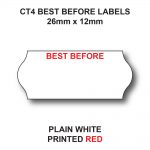 Best Before Labels (Buy here) show the expected quality of the food. Unlike use by labels, food is not deemed dangerous after the best before date has passed. This date serves as a guideline for when the food may start to lose its texture, or quality.
Best Before Labels (Buy here) show the expected quality of the food. Unlike use by labels, food is not deemed dangerous after the best before date has passed. This date serves as a guideline for when the food may start to lose its texture, or quality.
In most cases, consuming food a few days after the best before date should not pose any health problems. You will find best before labels on a variety of products, including frozen, dried, tinned, and other foods.
Watch out for eggs! It’s important to note that you should not consume eggs after their best before date. Eggs can harbor salmonella bacteria, which can multiply after this date.
The accuracy of best before dates is dependent on following the storage instructions provided on the label. Whether it’s “store in a cool, dry place” or “keep in the fridge once opened,” adhering to these instructions ensures that the food maintains its quality for the indicated duration.
Display Until/Sell By: Internal Management Labels
“Display Until” and “Sell By” dates serve as internal management and stock control measures. Unfortunately, these labels often lead to confusion among consumers, as some mistake them for best before or use by dates. The purpose of these labels is to assist staff in rotating stock and removing items from the shelves as they approach the end of their shelf life. By using these labels, businesses focus onitize the sale of older stock first.
By understanding the different types of date labels and their significance, consumers can make informed choices about the safety and quality of the food they consume. Adhering to use by dates for perishable items is crucial for ensuring food safety, while best before dates provide guidance on maintaining food quality. Remember to always follow the storage instructions on the packaging to maximize the freshness and safety of your food.
Why by Use By Labels and Best Before Labels from Danro
- Quality: We provide you with quality products or services that meet your needs.
- Price: We offer you competitive prices.
- Delivery: We deliver your products or services on time and in the condition you expect.
- Service: We provide you with excellent customer service. We respond to your inquiries and concerns, and go the extra mile to help you.
- Relationship: We build a strong relationship with you. We do our best to understand your needs and work with you to find solutions that meet your requirements.
Call on 01332 865933 or fill in our Contact Form and we will get back to you ASAP!
If you are looking for a bespoke food labels, please call Natalie on 01332 865933 or use our contact form.
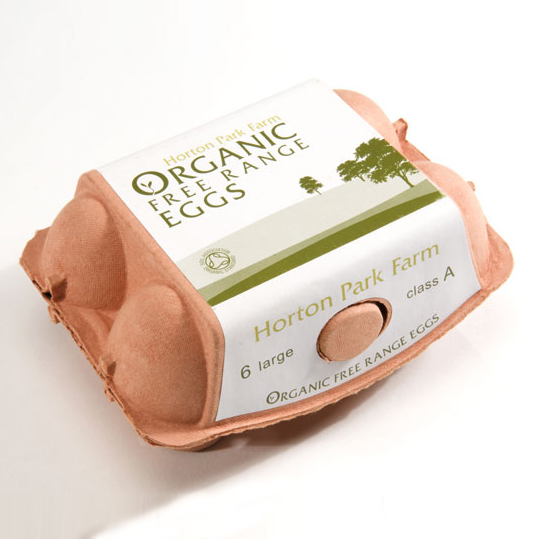
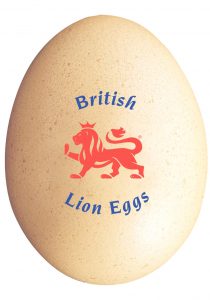
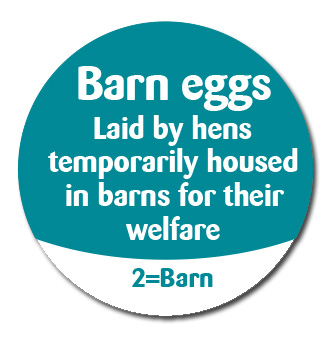
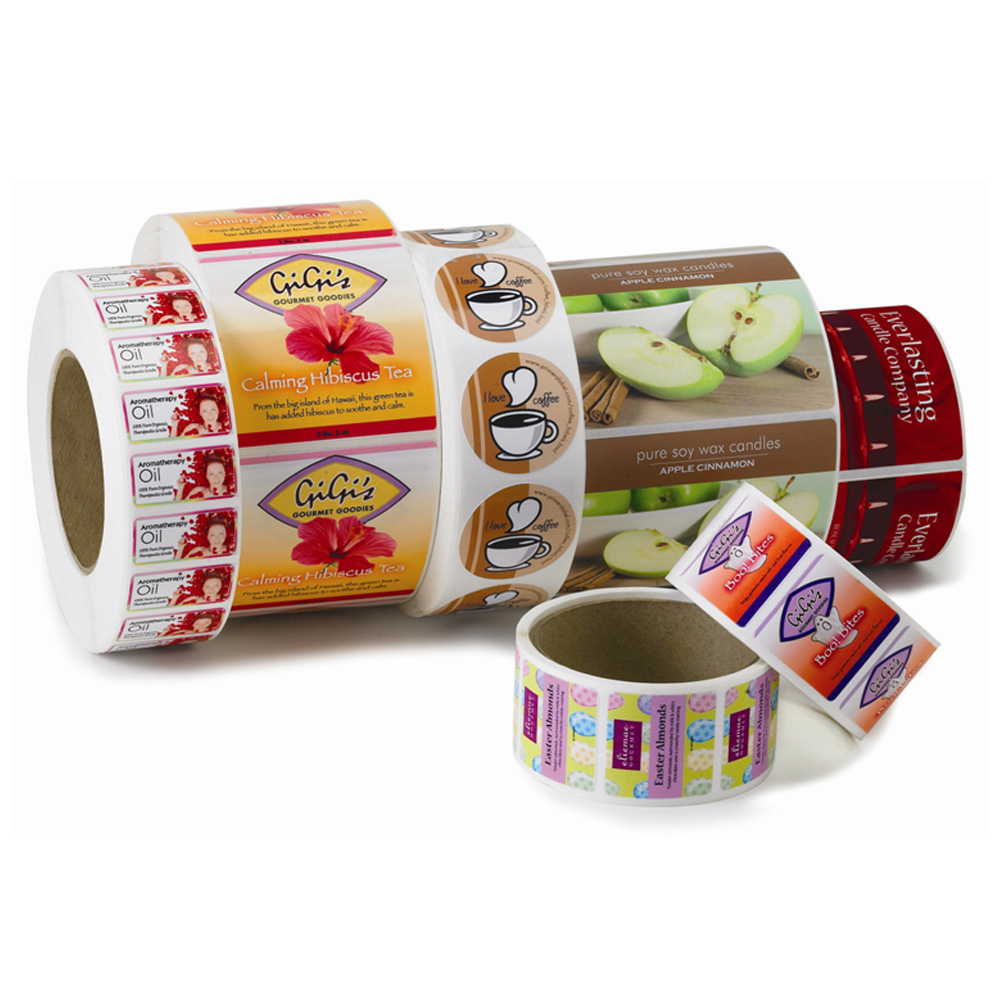
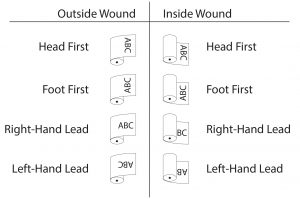 Labels can normally be described as having an inside winding or outside winding. This simply describes whether the label is facing inside the roll or outside the roll.
Labels can normally be described as having an inside winding or outside winding. This simply describes whether the label is facing inside the roll or outside the roll.